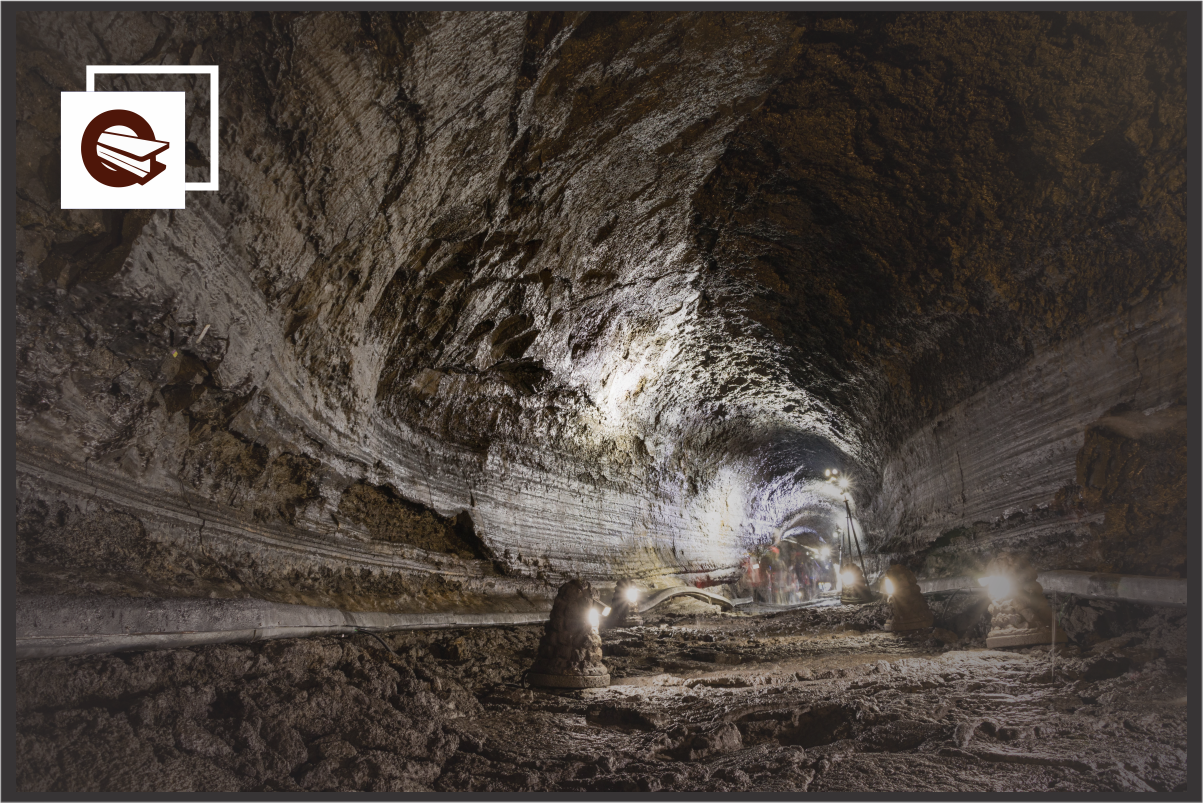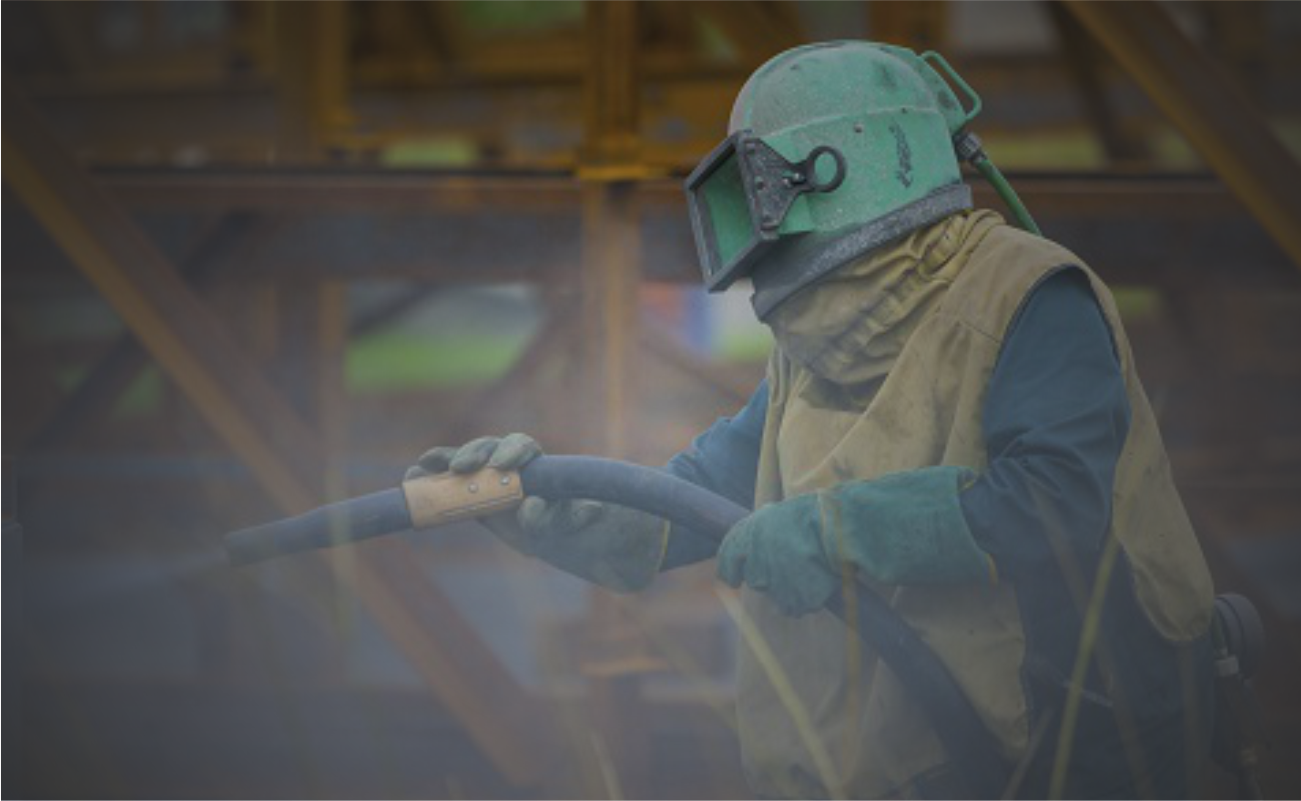
Blasting is the technique of preparing a metal surface for adhesion, bonding, molding, painting, or any other subsequent coating operation by blasting it with sand. It is also used to provide texture to the metal surface.
In this blog article, we will look more closely into blasting and explain some of the ways you might profit from this service.
Blasting is required before powder coating any metal. Sandblasting is one of the most effective methods for shaping, stripping, or smoothing any metal’s surface. It is similar to rubbing things down with sandpaper, but it produces a more equal surface, including nooks and crevices. Sandblasting is comparable to using high-octane sandpaper.
A blasting setup typically consists of three parts:
- The Abrasive itself.
- An Air Compressor.
- A Blaster Nozzle.

Advantages of Blasting
Sandblasting is a finishing technique that removes components from an object to prepare its surface for coating. But what are the advantages of sandblasting particular items or products before applying the powder coating finish? Here are some benefits of hiring sandblasting services for your company.
Surface Cleaning
Sandblasting is an important aspect of the finishing process for more than just smoothing the surface of the product. It also cleans the surface. Sandblasting services are an excellent technique to remove rust, oil, and other dangerous impurities from nearly any surface.
Relatively Fast Process
Sandblasting cleans items, allowing for faster and more efficient finishing. This makes cleaning difficult surfaces like metal simpler, saving time and money.

Blasting is used to remove old paint
When an object is covered with old paint, sandblasting can swiftly remove the paint. This prepares the item for a new coat of paint.
Types of Blasting
Sandblasting is an informal phrase that mostly refers to abrasive blasting. It is a method that employs a certain substance to get a specific abrasive outcome. Smooth materials, such as corn cobs or walnut peels, are intended for gentler compression effects, as is a soft layer, such as wooden constructions and thin metal surfaces.
We have many sand-blasting procedures, which are detailed below:
Silica Sand
Silica sand, also known as silicon dioxide, is a kind of sand that is widely used for shearing or scraping a surface. It is known as silica or quartz, and it was often used to eliminate surface imperfections and give it a clean appearance because it has sharp edges that provide a grit effect in abrasive blasting.

Soda Blasting
Because it does not destroy the outer layer of softer metals like aluminous or react chemically with its surface, soda sandblasting produces a clean and effective finish without damaging the layer. As a result, it is often used to remove rust from metals.
Steel Blasting
For both blasting and scraping, the steel approach is used. Steel grit is used as an abrasive cutting material in this procedure to remove corrosion and rust from hard metal surfaces. It provides a quick cutting action that can be effective on thick surfaces.
Glass Beads
Glass beads are silica-free and eco-friendly. They may be used to remove surface flaws such as rust, burrs, scales, and more.
